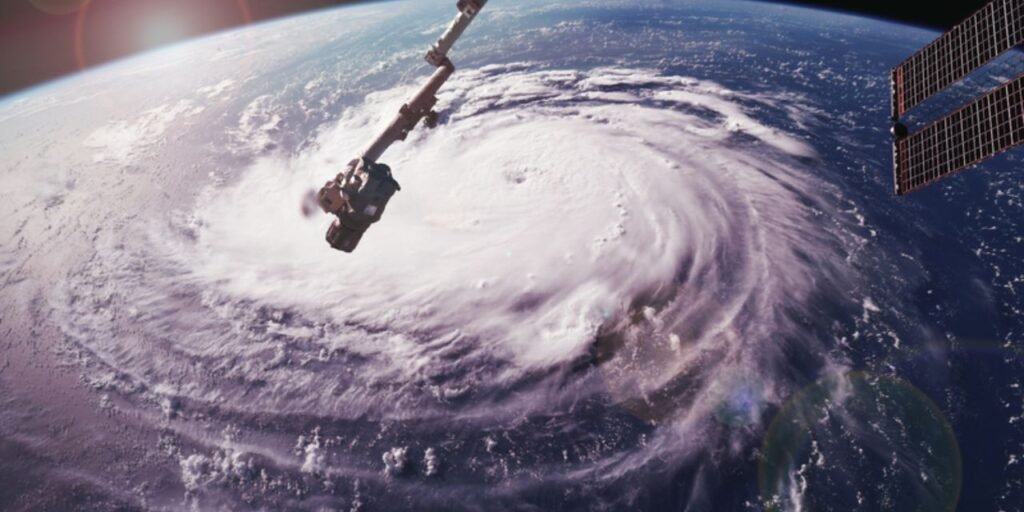Opportunities are driven by the environment, health, and infrastructure.

Photo taken from the International Space Station (ISS) of Hurricane Florence over the U.S. Atlantic coast. Extreme weather events like hurricanes and record heat waves have been affected by climate change.
The Paris Olympics of 2024 enthralled people all around the world. Authorities were forced to search for greater protection as a result of the athletes and spectators experiencing the impacts of the heat, which reached 97 o (36.11 °C) during the games. According to a Rings of Fire II assessment, since Paris held the Olympics in 1924, the city’s average summer temperature has risen by 3.1o C.
High-tech textile goods can contribute to the answers offered for this problem. The study urges for protection and offers a number of suggestions in light of global warming. Comfortable and practical apparel and shade structures, in addition to medical and physiological protective measures, help athletes perform better and make the activities successful for all parties involved. Beyond this well-publicized occasion, however, high-tech textiles play a significant role in our day-to-day activities by enhancing comfort, promoting a healthy lifestyle, and adapting to changing environmental circumstances.
In a variety of health and safety scenarios, textiles are essential. Even after the SARS-CoV-2 pandemic has passed, outbreaks of other harmful infections still pose a threat to international health organizations, and a variety of textile goods play a significant role in the battle against deadly diseases. The relevance of textile goods that guard against chemical and biological poisons, as well as anti-ballistic fabrics, is highlighted by the current battles in Europe and the Middle East.
In reaction to calamities, a large number of international and charitable organizations provide textile items. In the conflict-torn country of Ukraine, UNICEF has sent thermal blankets with assistance from USAID and other partners. Nonprofits like the UK-based ShelterBox sent relief packs with blankets and other necessities.
These initiatives serve as a reminder of the opportunity and demand for textiles that may assist those in need. However, this calls for outreach and interaction with stakeholders outside of the industry’s typical sphere of influence. Given the hazard levels, the textile industry should communicate and interact with international governments and nonprofit organizations more effectively in order to meet these pressing demands that save lives.
The opportunities of today
The expansion of the industrial sector, interest in tariffs, and job concerns are still hot topics of conversation. The recent elections in two of the world’s largest economies—India and the United Kingdom—have brought attention to the significance of industrial reshoring and onshoring. Within the manufacturing sector, emerging and established economies are influenced by conventional and high-tech textiles, respectively. In particular, advanced textiles provide chances for product enhancement, variety, and market expansion.
It is helpful to group the industry’s sectors into consumer, institutional, and government items based on procurement. This kind of classification sheds light on the characteristics of the end consumers as well as potential political and economic implications. Customers are unlikely to prioritize spending on non-essential things in an economic climate such as the one we are currently experiencing, when inflation is persistent. Nonetheless, governments will make an effort to increase expenditure, for instance, on green technology or infrastructure, which are two areas where high-tech textiles might find opportunity.
To strengthen their economies, several nations—including the United States—are investing in infrastructure initiatives. It is well acknowledged that structures connected to or associated with the textile industry contribute between 6 and 10 percent of major infrastructure projects. The Infrastructure Investment and Jobs Act, which President Biden signed into law in November 2021, aims to build roads, bridges, water infrastructure, and assist related projects.
